Description
The 5th edition of Rosss Simulation continues to introduce aspiring and practicing actuaries; engineers; computer scientists and others to the practical aspects of constructing computerized simulation studies to analyze and interpret real phenomena. Readers learn to apply results of these analyses to problems in a wide variety of fields to obtain effective; accurate solutions and make predictions about future outcomes.
This latest edition features all-new material on variance reduction; including control variables and their use in estimating the expected return at blackjack and their relation to regression analysis. Additionally; the 5th edition expands on Markov chain monte carlo methods; and offers unique information on the alias method for generating discrete random variables.
By explaining how a computer can be used to generate random numbers and how to use these random numbers to generate the behavior of a stochastic model over time; Rosss Simulation; 5th edition presents the statistics needed to analyze simulated data as well as that needed for validating the simulation model.
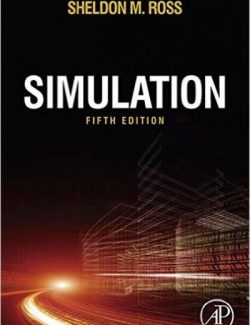
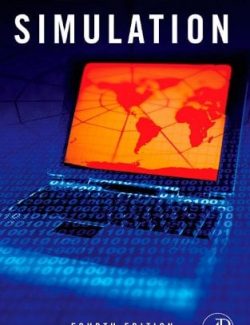
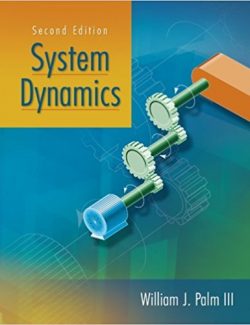
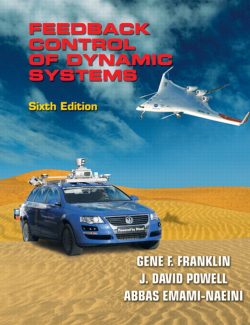
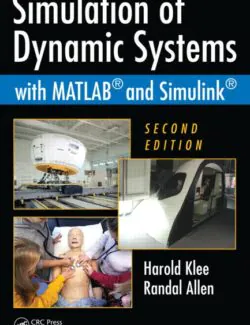
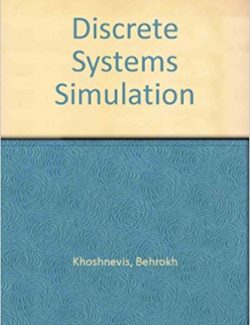
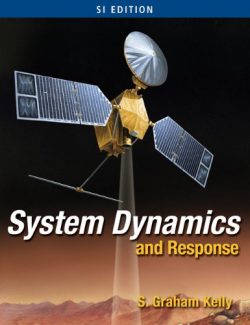
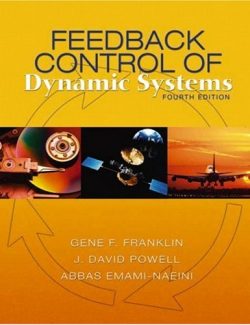
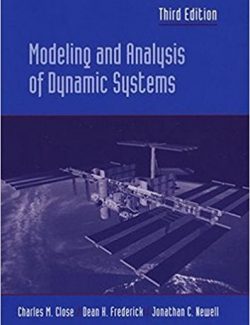
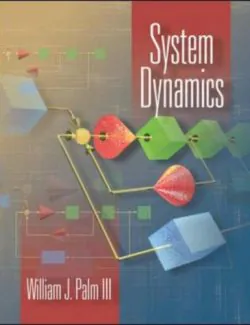
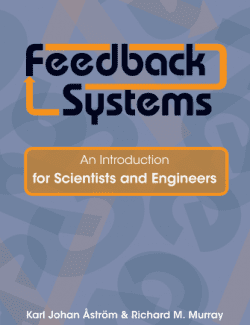
Leave us a comment
No Comments